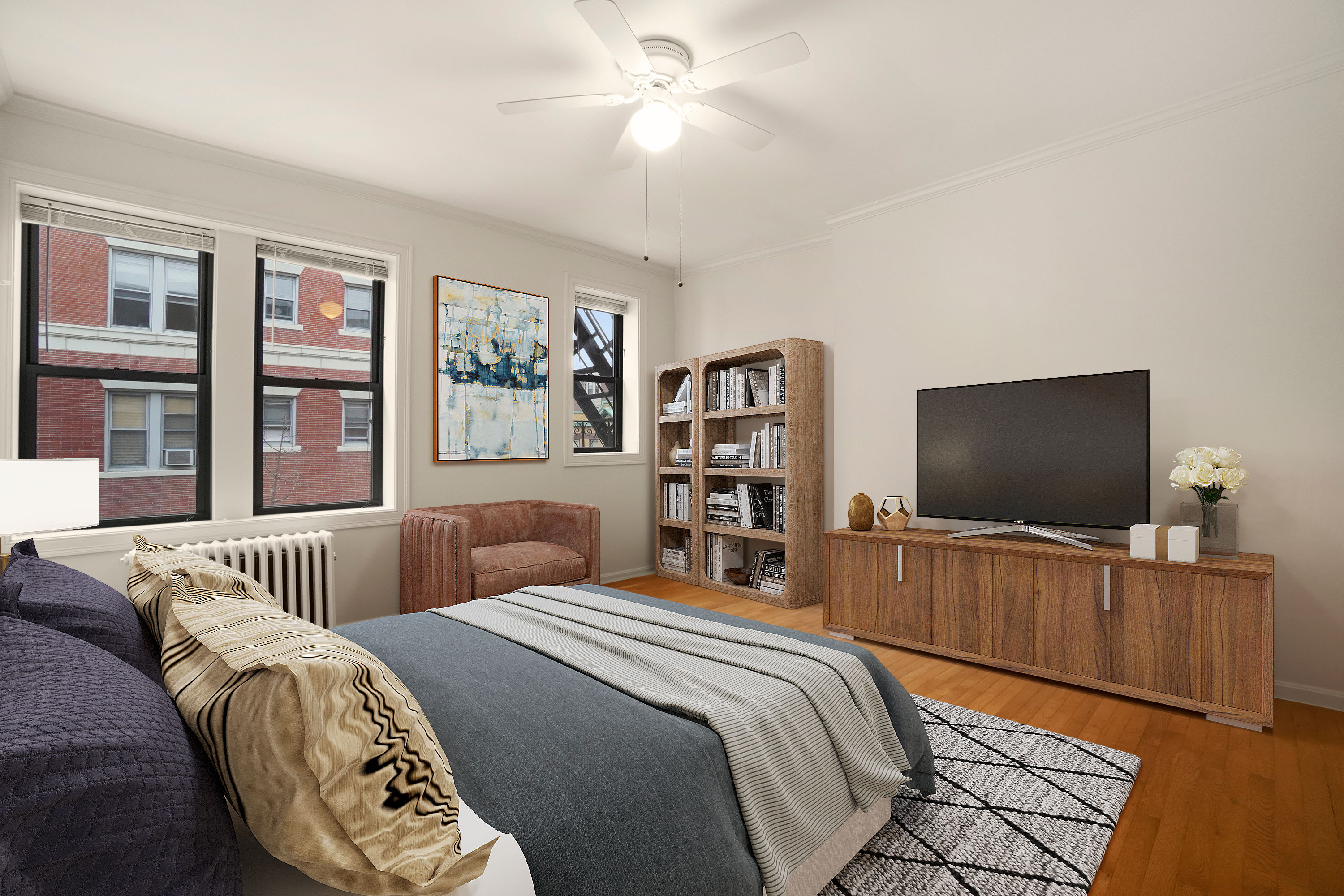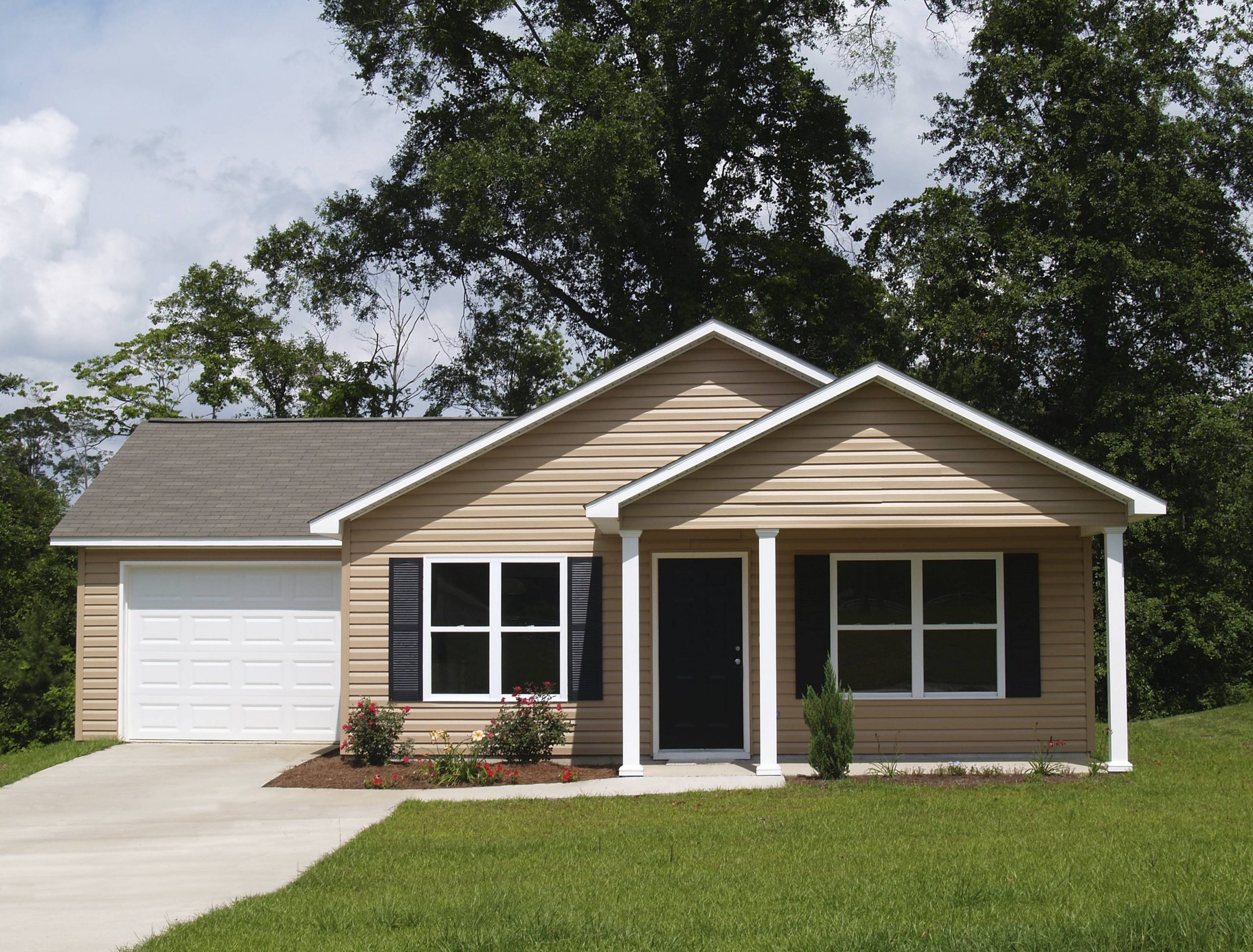Understanding the Needs of Senior Residents

As the senior population grows, so does the demand for senior living options that cater to their unique needs and preferences. For those seeking a comfortable and independent lifestyle, a 2-bedroom living arrangement offers a perfect balance of space, privacy, and community.
Common Health Considerations and Mobility Limitations, 2 bedroom senior living
Senior residents often face health considerations and mobility limitations that influence their housing choices.
- Chronic Health Conditions: Many seniors manage chronic conditions such as arthritis, diabetes, or heart disease. This may require accessible features like ramps, wider doorways, and grab bars in bathrooms.
- Mobility Challenges: Reduced mobility due to age-related changes or injuries can make navigating stairs or narrow hallways difficult.
- Cognitive Decline: Some seniors may experience cognitive decline, making it essential to have a safe and familiar environment that promotes independence and reduces the risk of falls.
These considerations highlight the importance of a well-designed 2-bedroom unit that prioritizes accessibility and safety.
Social Needs and Community Engagement
Senior residents also value social interaction and community engagement.
- Companionship and Support: Having a second bedroom provides space for visiting family or friends, fostering a sense of connection and support.
- Shared Living Arrangements: Some seniors may choose to share a 2-bedroom unit with a partner or a close friend, providing companionship and shared expenses.
- Community Amenities: Senior living communities often offer amenities like common areas, fitness centers, and organized social activities, encouraging residents to connect and engage with others.
These social aspects are crucial for maintaining a fulfilling and active lifestyle in retirement.
Amenities and Features for Senior Residents
To address the unique needs of senior residents, 2-bedroom living arrangements should incorporate specific amenities and features.
- Universal Design: This approach emphasizes accessibility and usability for everyone, regardless of age or ability. It includes features like lever handles, non-slip flooring, and wider doorways.
- Safety Features: Emergency call systems, smoke detectors, and well-lit hallways enhance safety and provide peace of mind.
- Accessible Bathrooms: Walk-in showers, grab bars, and raised toilet seats are essential for seniors with mobility limitations.
- Kitchen Amenities: Easy-to-use appliances, adjustable countertops, and ample storage space cater to seniors’ cooking needs.
- Laundry Facilities: In-unit laundry or convenient access to shared laundry facilities simplify daily chores.
These features create a comfortable and independent living environment that promotes well-being and quality of life.
Types of 2-Bedroom Senior Living Options

Choosing the right senior living community is a significant decision, and it’s crucial to understand the various options available. This section will delve into the different types of senior living communities that offer 2-bedroom units, focusing on independent living, assisted living, and memory care. We will explore the services and amenities provided by each option, highlighting their benefits and drawbacks.
Independent Living
Independent living communities cater to seniors who can live independently but desire a supportive and social environment. Residents typically have their own apartments or homes, often with 2 bedrooms, and enjoy access to a wide range of amenities and services. These communities offer a sense of community and security, with various activities and social programs available to residents.
Services and Amenities in Independent Living Communities:
- Social and recreational activities: Many communities offer organized activities, such as fitness classes, arts and crafts, social gatherings, and trips. These programs encourage socialization and engagement.
- Dining options: Independent living communities often provide restaurant-style dining with multiple meal choices. Some may also have cafes or bistros for residents to enjoy.
- Transportation services: Some communities offer transportation services for residents to appointments, shopping, or social outings.
- Maintenance and housekeeping services: Depending on the community, residents may have access to maintenance services for their apartments and housekeeping services.
- On-site amenities: Many independent living communities offer amenities such as swimming pools, fitness centers, libraries, and community rooms.
Benefits of Independent Living:
- Maintains independence: Residents retain their autonomy and privacy, managing their daily lives as they choose.
- Socialization and community: Independent living communities provide opportunities to connect with others, reducing social isolation.
- Access to amenities and services: Residents benefit from a wide range of services and amenities designed to enhance their lifestyle.
- Peace of mind: Knowing that help is readily available in case of emergencies provides a sense of security and peace of mind.
Drawbacks of Independent Living:
- Higher costs: Independent living communities often have higher monthly fees than other types of senior living.
- Limited care: Independent living communities primarily focus on providing a supportive environment, with limited medical or personal care services.
- Limited flexibility: Residents may need to adjust to community rules and regulations, which can sometimes limit their flexibility.
Assisted Living
Assisted living communities provide housing and support services for seniors who require assistance with daily activities. These communities offer 2-bedroom units, but the focus is on providing assistance with tasks like bathing, dressing, and medication management.
Services and Amenities in Assisted Living Communities:
- Personal care assistance: Assisted living communities provide help with daily living activities such as bathing, dressing, and toileting.
- Medication management: Staff members assist residents with medication reminders and administration.
- 24-hour supervision: Assisted living communities provide 24-hour supervision and support to residents.
- Social and recreational activities: Similar to independent living, assisted living communities offer a range of activities and programs designed to promote social engagement and well-being.
- Dining options: Assisted living communities typically provide meals and snacks throughout the day.
- Transportation services: Some communities offer transportation services for residents to appointments or outings.
Benefits of Assisted Living:
- Personalized care: Assisted living communities offer tailored care plans based on each resident’s individual needs.
- Safety and security: Residents have access to 24-hour supervision and support, ensuring their safety and well-being.
- Socialization and community: Assisted living communities foster a sense of community and provide opportunities for social interaction.
- Peace of mind: Knowing that help is readily available for daily tasks provides peace of mind for both residents and their families.
Drawbacks of Assisted Living:
- Higher costs: Assisted living communities typically have higher monthly fees than independent living communities.
- Limited medical care: Assisted living communities provide personal care assistance but are not equipped to handle complex medical needs.
- Loss of independence: Some residents may experience a loss of independence as they rely on staff for assistance with daily tasks.
Memory Care
Memory care communities are designed for seniors with Alzheimer’s disease or other forms of dementia. These communities provide specialized care and support tailored to the unique needs of individuals with memory impairments.
Services and Amenities in Memory Care Communities:
- Specialized care: Memory care communities employ trained staff who understand the challenges of dementia and provide individualized care plans.
- Secure environment: These communities are designed to be safe and secure, with features like wandering prevention systems and staff trained in dementia care.
- Cognitive stimulation: Memory care communities offer activities and programs designed to stimulate residents’ cognitive function and maintain their abilities.
- Social interaction: Staff members encourage social interaction and create opportunities for residents to engage with others.
- 24-hour supervision: Memory care communities provide 24-hour supervision and support to residents.
Benefits of Memory Care:
- Specialized care: Residents receive personalized care tailored to their individual needs and cognitive abilities.
- Safe and secure environment: Memory care communities provide a safe and secure environment, reducing the risk of wandering or accidents.
- Cognitive stimulation: Activities and programs designed to stimulate cognitive function can help residents maintain their abilities for longer.
- Peace of mind: Families can have peace of mind knowing that their loved ones are receiving specialized care and support in a safe and supportive environment.
Drawbacks of Memory Care:
- High costs: Memory care communities are typically the most expensive type of senior living, reflecting the specialized care they provide.
- Limited independence: Residents with dementia may experience a significant loss of independence as they require more assistance with daily tasks.
- Emotional challenges: Caring for individuals with dementia can be emotionally challenging, and families may need to adjust to their loved one’s changing abilities.
Key Differences Between Senior Living Communities
| Type of Community | Care Levels | Cost | Lifestyle Options |
|---|---|---|---|
| Independent Living | Minimal assistance, focus on independence | Lower than assisted living and memory care | More freedom and flexibility, wider range of amenities and activities |
| Assisted Living | Personal care assistance with daily living activities | Higher than independent living, lower than memory care | More structured environment, tailored care plans, access to medical services |
| Memory Care | Specialized care for individuals with dementia | Highest among the three types | Secure environment, cognitive stimulation programs, 24-hour supervision |
Benefits of Choosing a 2-Bedroom Senior Living Community: 2 Bedroom Senior Living

Choosing a 2-bedroom senior living community offers several advantages that cater to the unique needs and preferences of seniors. The additional space provides flexibility and comfort, fostering a sense of independence and well-being.
Increased Space and Comfort
A 2-bedroom unit provides ample space for seniors to personalize their living environment. They can comfortably accommodate their personal belongings, furniture, and cherished mementos, creating a familiar and comfortable atmosphere. This extra space also allows for dedicated areas for hobbies, relaxation, or even a home office. For seniors who value privacy, having a separate bedroom can provide a quiet retreat from the main living area.
The concept of “2 bedroom senior living” evokes images of comfortable spaces designed for a peaceful retirement. However, for those seeking a vibrant, yet manageable, lifestyle, the appeal of a 2 bedroom flat in Chelmsford might be irresistible. Chelmsford’s bustling town center offers a plethora of amenities, while the flat’s layout provides ample space for both relaxation and entertaining, making it a perfect choice for those who value independence and convenience in their later years.
While two-bedroom senior living communities offer a sense of permanency and community, those seeking a temporary, yet spacious, haven in Victoria, BC, may find solace in a 2 bedroom hotel victoria bc. These accommodations provide a comfortable base for exploring the city’s vibrant culture and natural beauty, much like senior living communities offer a welcoming environment for residents to build lasting connections and enjoy enriching experiences.
